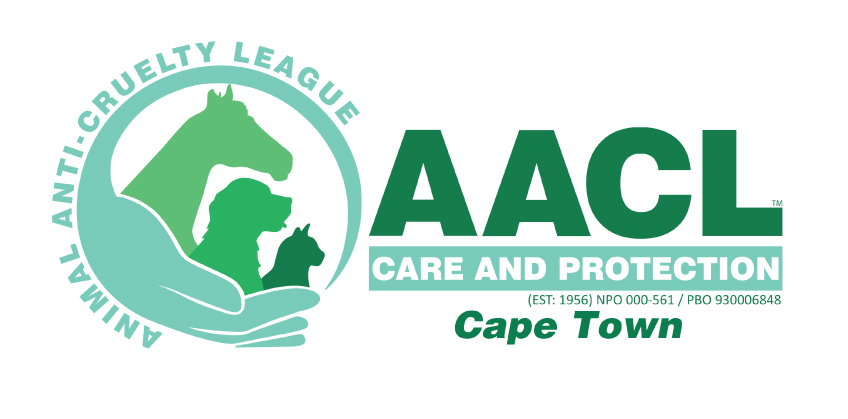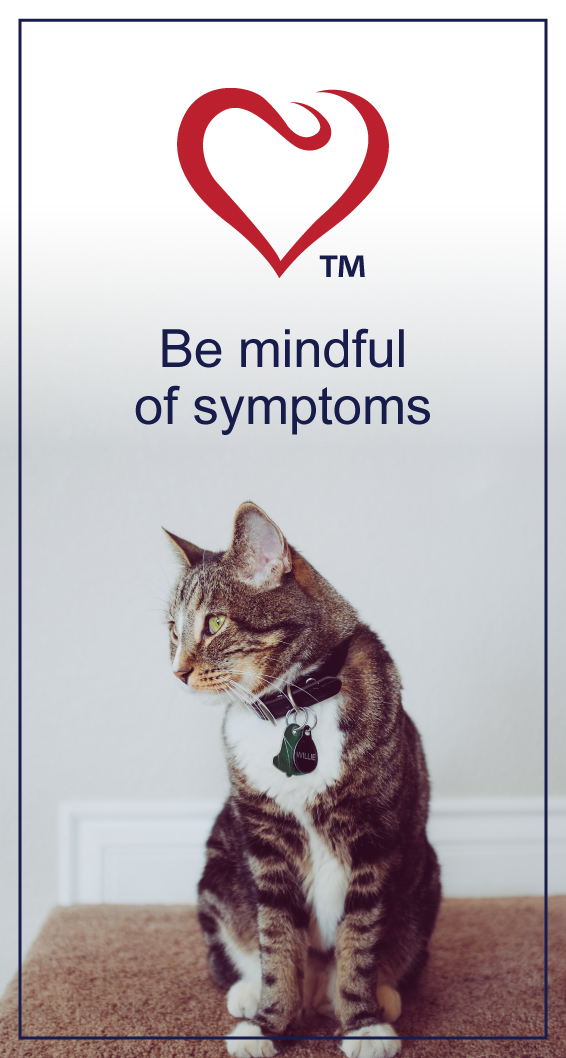HEALTH & WELLNESS

TRENDING

We’re excited and honoured to feature South Africa’s second largest independent animal welfare organisation on PetlifeSA.
Abscesses in Cats

OVERVIEW
A common skin condition in cats is an abscess that can form if an irritation worsens or if bacteria invades the skin.
An abscess can be quite unsightly and alarming and can be found on almost any part of a cat’s body.
Whether small or large, abscesses will often cause redness, if visible under the skin. In some instances, an abscess will burst, discharging an unpleasant-smelling secretion or may cause local tissue damage. Surface wounds are quite common but if they become infected and are left untreated your cat may experience other complications.
An abscess can also be located inside a body cavity or deep within tissue.
Abscesses can lead to serious conditions and when the abscess is located inside the body – in the liver, for example – there may be fever and the additional complication of a disseminated internal infection or bacteria in the bloodstream, if the abscess is ruptured internally.
A dental abscess can also form under a cat’s tooth and have the potential to develop into a systemic bacterial infection, which can be life-threatening.
SYMPTOMS
Signs of an abscess include:
- Pain displayed by pawing at the abscess or limping
- Pus, blood or fluid from the area
- Red, inflamed or swollen skin
- A small scab with redness or warmth in the surrounding skin
- Loss of hair over the area
- Excessive itching, licking or nibbling at the area
- Loss of energy or appetite
- Bad breath
- Swelling of the face or bleeding gums
- Round, visible bump in the mouth
- Excessive drooling
- Fever
- Lethargy
DIAGNOSIS
Your veterinarian will give your cat an initial physical exam and take a bacterial culture or swab test of the infected area to determine the strain of bacteria present.
A blood test will also be performed to see if the infection has migrated to the bloodstream. In the case of dental abscesses, an x-ray will be taken to determine the severity of the abscess.
Early diagnosis and treatment of abscesses, whether external or internal, can help avoid progression of disease.
TREATMENT
The prognosis for most abscesses is generally good with immediate treatment.
A skin abscess treatment usually involves cleansing, draining and flushing the wound followed by topical solutions and ointments and an antibiotic regimen, if required. In the case of dental abscesses, a root canal, extraction, or saving the affected tooth will be recommended. A course of antibiotics is usually prescribed for both skin and dental abscesses to ensure the infection is completely wiped out.
If the bacteria has gone deep into the tissue or is located inside the body or has infected the blood, alternative treatment options will be considered.
Related Articles













